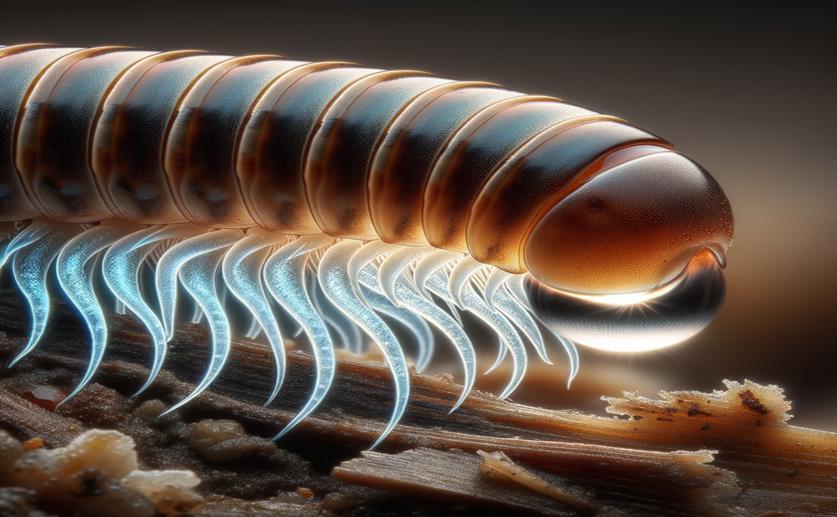
The Chemistry of Millipede Defense Secretions
Jenn Hoskins
10th June, 2024

Image Source: Natural Science News, 2024
Key Findings
- Researchers at Virginia Tech studied the chemical defenses of three Brachycybe millipede species
- They identified five alkaloids, including three new ones: hydrogosodesmine, homogosodesmine, and homo-hydrogosodesmine
- The chemical diversity of these compounds aligns with the millipedes' evolutionary relationships, not their geographic locations
BiochemAnimal ScienceEvolution
References
Main Study
1) The Chemistry of the Defensive Secretions of Three Species of Millipedes in the Genus Brachycybe
Published 10th June, 2024
https://doi.org/10.1007/s10886-024-01518-6
Related Studies
2) Gosodesmine, a 7-Substituted Hexahydroindolizine from the Millipede Gosodesmus claremontus.
3) Millipede taxonomy after 250 years: classification and taxonomic practices in a mega-diverse yet understudied arthropod group.
4) Evidence for an enantioselective pumiliotoxin 7-hydroxylase in dendrobatid poison frogs of the genus Dendrobates.
Journal: Proceedings of the National Academy of Sciences of the United States of America, Issue: Vol 100, Issue 19, Sep 2003



 31st May, 2024 | Jenn Hoskins
31st May, 2024 | Jenn Hoskins